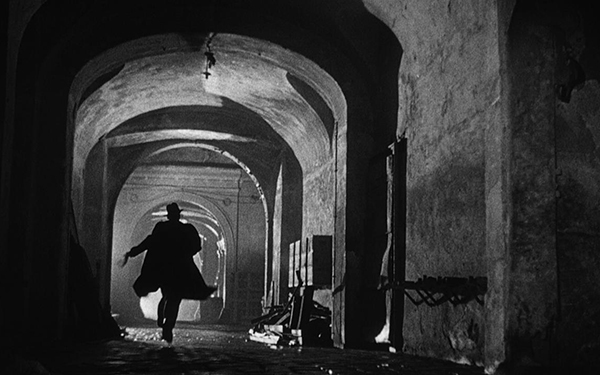The Third Man
The first film screened in my MVC 201 class was Orson Welles' The Third Man. The 1949 film noir follows American Holly Martins through post World War II Vienna and tracks his efforts to discover the true cause of his childhood friend's (Harry Lime) death. Riddled with mystery and suspense, this film keeps the audience guessing as they too try to discover the identity of the third man. The almost documentary-like technique of this film allows viewers to have a unique look in to what life in Vienna was like post-war; this is achieved through a combination of jaunty dialogue and beautiful cinematography. Albeit The Third Man is an older film, this classic stands the test of time.
All in all, The Third Man was a thoroughly enjoyable film that kept me on my toes the entire hour and forty four minutes. This film proves that well thought out scripts and carefully planned shots truly make the difference between a classic and a flop.




Comments
Post a Comment